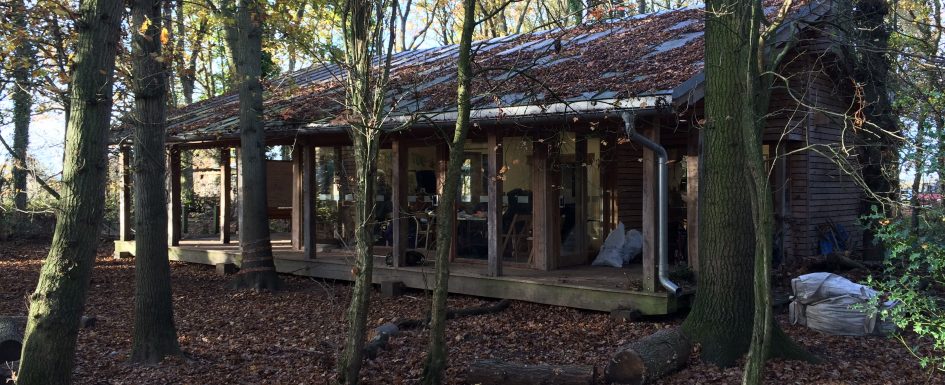
Bradfield Woods is one of Britain’s finest ancient woodlands, managed by the Suffolk Wildlife Trust. It is mainly coppiced, and there is a particularly high biodiversity. In 2011 the Trust built a new education and visitor centre. The aim was an eco-friendly structure, that would blend into its surroundings.
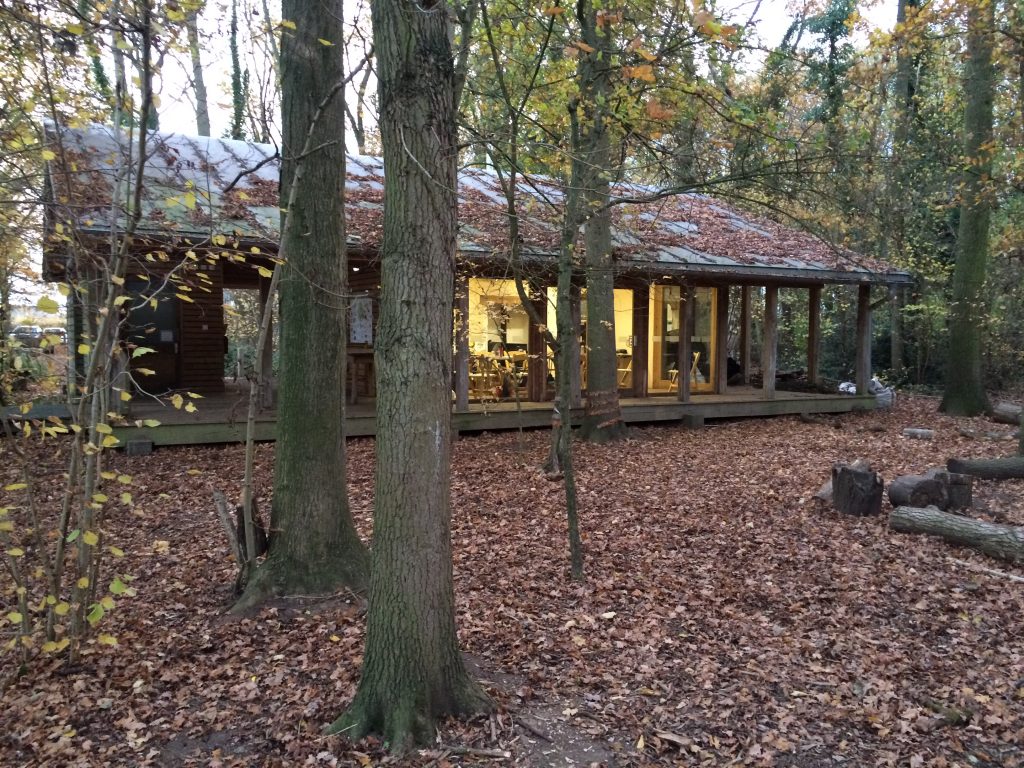
Construction
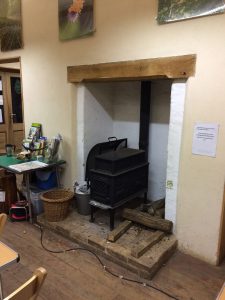
The Trust’s specific aims were to build:
- A carbon negative structure
- Without concrete or gypsum
- Using locally grown timber, and
- Using recycled materials wherever possible.
The foundations are shallow trenches filled with crushed stone, and covered with lime mortar. On this were laid 25cm square lime-washed oak beams, supporting an oak raft. The bulk of the oak came from the Trust’s Groton Wood.
The superstructure is super-insulated and clad with Western red cedar from the nearby Rushbrook Estate. Zinc sheeting covers the roof, and the windows and doors are natural oak left unfinished.
Heating is provided by a log burner; although burning wood releases carbon dioxide, the carbon cycle for this fuel is negligible compared to fossil fuels.
Now:
Even on a chilly November day, walking in I found it to be a welcoming and warm space. Although it is a classroom, it could easily be a home.
Now, 6 years after it was installed, the rough-sawn cedar cladding is gently weathering. Its colour, along with the posts of the veranda, like tree trunks, combines to blend the building into the woods.
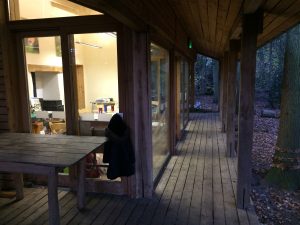
The veranda provides solar shading in the summer, reducing the risk of overheating. However, it allows light and warmth to penetrate into the building when the sun is low in the winter. This effect is helped by the deciduous woodland setting; leaves provide shade in the summer, but fall when more light and warmth is needed.
The extensive covered outdoor space provides shelter and a link between the inside and outdoors. This is a building designed for outdoor living and working. Architecturally, the clean simple lines, and extensive glazing, mean it is a modern building. Meanwhile, the vernacular form and natural materials mean it is a harmonious and homely one.
Suffolk Wildlife Trust
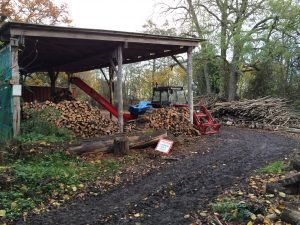
There are nine Suffolk Wildlife Trust reserves, spanning a variety of habitats, from heath to farmland to salt marsh. Education is a big part of their work – for example running field trips for school children and courses for adults in woodland craft and nature conservation.
Hand in hand with these activities, the woodland is actively managed as coppicing, providing products such as firewood and wooden stakes.
Bradfield Woods Visitor Centre: achievement
This carbon-binding structure, with its simple vernacular form, is of the woods and treads lightly within them. It is also a warm, human space, full of natural light and with unimpeded views. Maybe living in nature, as our forebears did, need not be an existence of discomfort and subsistence; but comfortable, in tune with and benefitting from the natural world.
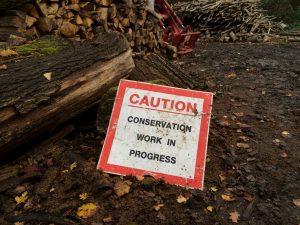
Architect: Modece Architects
Main Contractor: Canham Builders
Awards: RIBA Suffolk Design Award 2012
Very interesting!